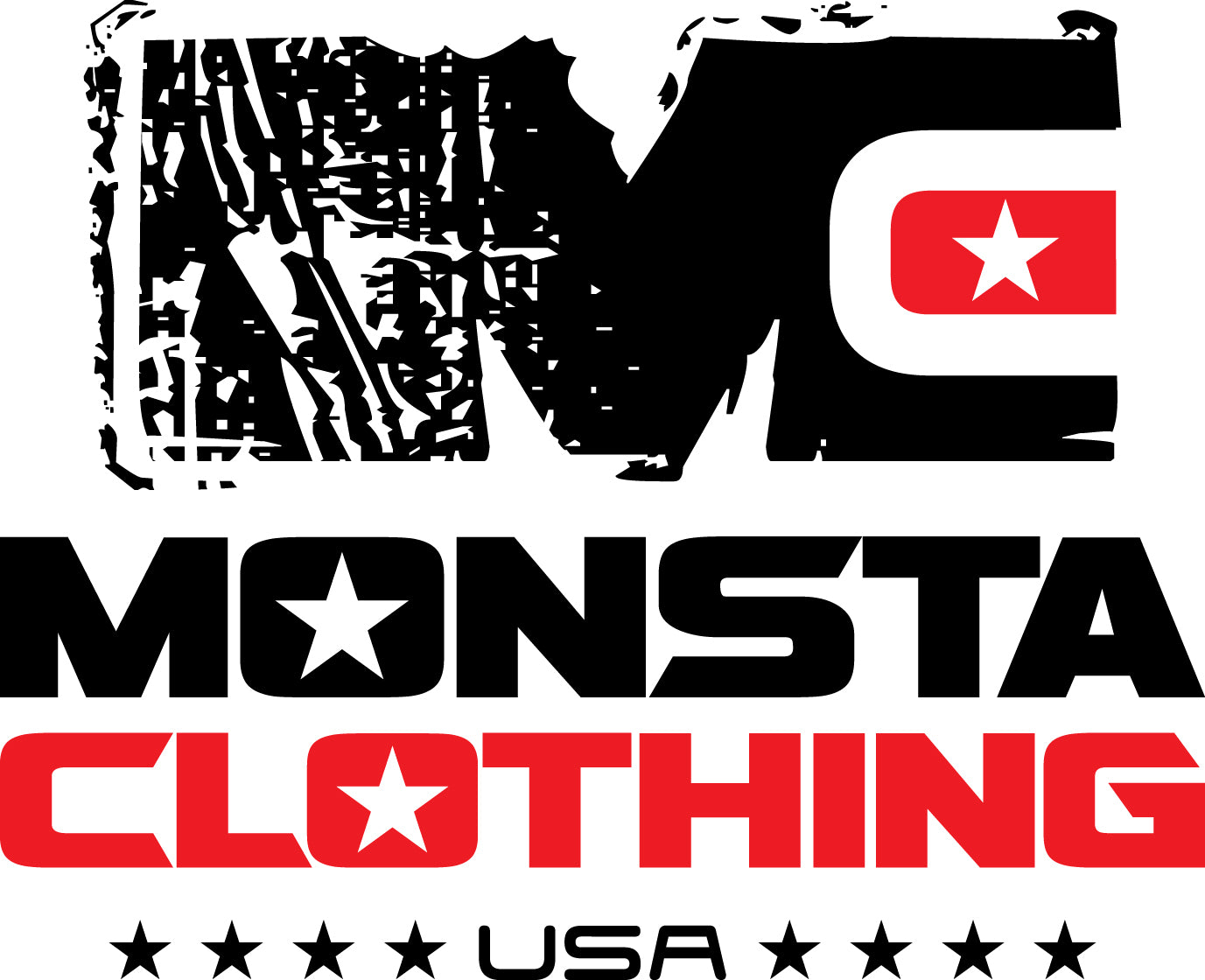However, you're dead wrong. Not only do high-quality tanks look better, they can also help to improve your workout.
Workout tanks and other athletic wear are much more than meets the eye. In fact, athletic wear seems to be the only segment of retail outperforming dismal trends.
You need to have the right kind of fabric for your clothes to do what you want them to do. Here's a look at the best materials for your workout tanks.
What Do You Want in Workout Tanks?
First, you need to figure out what you want a tank to do, functionally speaking. If you need a few ideas for a look or style, click here to see what industry pros at Monsta have to offer.
Different fabrics do certain things. Some stretch, most breathe, while other naturally fight odor.
Just like you consider and adjust workout regimens and supplements to your needs, you can adjust your clothing to fit your needs.
Cotton
It's natural. It's clean. It's one of the first fibers ever worn by mankind -- and for good reason.
Cotton is sturdy, breathes well, and almost never agitates skins during a workout.
It's also a very warm material. If you want to help keep a little heat close to the body to stay loose and warm, cotton is ideal.
However, cotton also acts like a sponge. It soaks up sweat and traps it. Even after a workout, your sweaty tank is going to take some time to dry. But this can be a good thing. Sweaty workout tanks can help you make the most of out of a breeze in a hot environment.
A sweaty tank can help you cope with a gym that's poorly circulated. It acts like a swamp cooler. The evaporating moisture in your shirt helps to cool you off when you do catch a breeze.
X-Static
From the most ancient to the most advanced, x-static is the most modern fabric on this list.
X-static is a branded fabric that integrates elemental silver into fabric at a chemical level in certain synthetic materials. It's kind of like the wearable tech of the fabric world.
The silver does a lot for your workout tanks.
The biggest is a built-in antimicrobial measure. Silver is a heavy metal, and naturally creates an inhospitable place for bacteria that like to feed on your sweat and dead skin.
The silver also helps regulate heat because of its conductivity. Because of that conductivity, the material is naturally non-static.
Polyester
Polyester is the workhorse of athletic wears. It's in almost everything we wear.
Polyester is strong, water-resistant, and stain-resistant. It's also breathable. This means that air and vapor flow through it relatively easily.
However, it's water-resistant nature can cause problems. It tends to be sticky when wet and can adhere to moist surfaces.
Polyester has a tendency to stink more than other materials. Bacterial loves polyester. Most often, cotton and polyester are blended together in clothing.
Cotton is heavy and traps moisture. Polyester is light but doesn't breathe well. Blending cotton and polyester together helps mitigate the disadvantages of the other.
Bamboo
Bamboo is another natural fiber source used to make clothing.
Unlike cotton, it's light. Like cotton, it breathes.
Bamboo also is moisture wicking, meaning that it pulls moisture from the skin, as it's formed, to the surface of the fabric. It allows for sweat to dry quickly.
This is great for intense, sweaty workouts. It helps keep you from turning into a human swamp.
Bamboo is also environmentally friendly. It biodegrades easily. Cotton clothes don't break down as well, taking up space in a dump.
Spandex
It's the stretchiest of the stretchy fabrics. Spandex can extend well over its original dimensions and still retain its integrity.
This is the fabric you want for unrestricted movement. This makes it the ideal fabric for form-fitting clothing. The stretch of spandex is also extremely comfortable. It doesn't push back against you as you push against it.
It's also breathable and moisture wicking. This means that air gets in and out, and moisture is moved away from the body quickly.
However, the combo of these factors can make you too cool. With air going in and out of the fabric easily and moisture evaporating quickly, you may notice significant chill on your skin even with the slightest breeze.
Spandex, like polyester, is also frequently mixed with other fabrics such as cotton. Spandex gives the stretch and comfort people want.
Nylon
This is a material you will rarely see on its own. However, this is another material that gets mixed into clothing.
On its own, nylon is very light. It is stretchy, but it's not as durable as other materials. Mixing nylon with other materials brings moisture wicking properties and stretch to clothing.
Nylon can make up a major portion of certain athletic wear. This helps to make it one of the softest fabrics out there. In a purer form, nylon is used in women's stockings. If you've ever seen these, you will know that nylon is surprisingly soft, even soft enough to be compared to silk.
Contact Us
You will have to find out what fabric works for you. As we've learned, each has its difference, advantages and disadvantages. But the only way to know what you like is to give each a try.
This is where Monsta can help you with the right gear.
Monsta is made by fitness athletes for fitness athletes. We make products that are meant to be used by elite athletes. Reach out now to see what kind of gear we offer beyond the old-fashion workout tank.
For the especially driven, you can make our business of outfitting fitness athletes your business. Ask us about becoming a wholesaler in your community.

